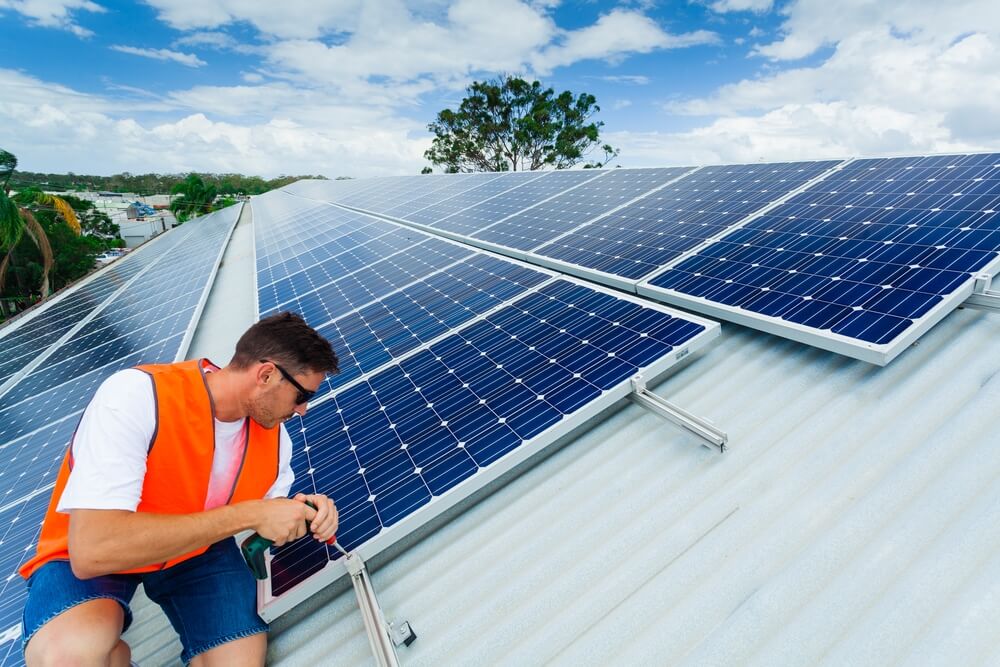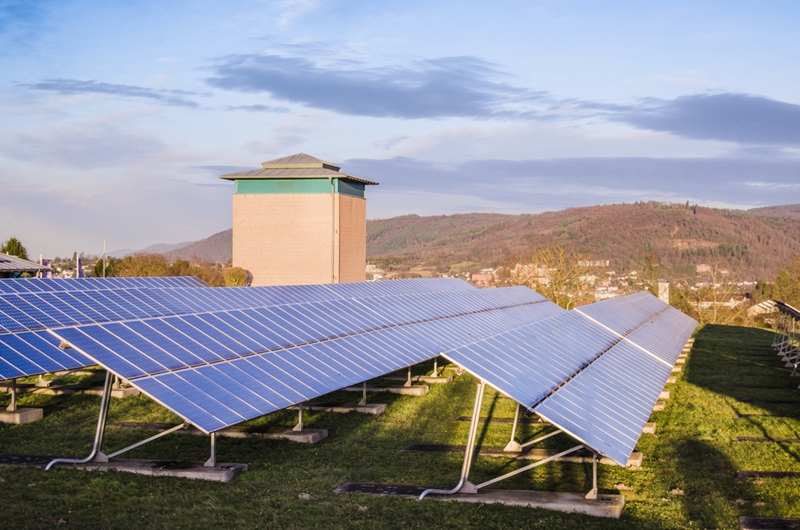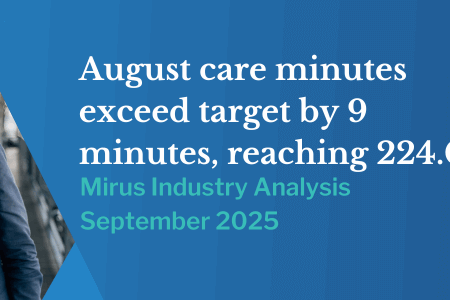Powering the next generation of aged care facilities
August 12, 2015 | Aged Care Management

"We used to live in a world where the price of resources came down steadily, and now the world has changed. You have a great mismatch between finite resources and exponential population growth," influential investor Jeremy Grantham explained.
The great population clock of Australia ticks higher every year, and with it so to does the strain on power, water and transport infrastructure. Simultaneously, McCrindle found the workforce ratio continues to skew, with 10 workers per retired couple in 2010 set to shrink to just five workers per retired couple in 2050.
The great population clock of Australia ticks higher every year, and with it so to does the strain on power.
These two issues aren't mutually exclusive, and in fact are quite closely tied together. It's time to take a closer look at the current infrastructure in Australia, and how this relates to aged care facilities.
A mounting concern
Energy is key for every sector in Australia, but especially in aged care. These facilities are commonly home to residents who require specialised equipment to stay healthy, equipment that depends on a readily available source of power.
While the country at large doesn't appear to be embracing clean energy, aged care is one sector that can take advantage of the capabilities afforded by the power source.
With solar power, and future energy storage, facilities can cut down costs thanks to the use of free energy provided by the sun, and store excess energy in batteries for use either in an emergency or even at night.

Focusing on a sustainable future
Bupa is literally leading the charge when it comes to sustainable energy in aged care, as the organisation sought out solar provider SunEdison to carry out what would become a substantial solar power project.
After Chief Engineer from Bupa Aged Care Mathew Heggie had assessed the options, he chose the provider to install solar systems that could produce 200kW. Now, over 41 Bupa Aged Care facilities throughout Australia are using the solar panels to generate clean energy for the facilities.
This means everything from resident equipment through to computers and appliances are powered by clean solar energy, instead of electricity from the grid.
"The solar arrays will avoid thousands of tonnes of carbon emissions annually and save Bupa millions in electricity costs over the life of the project," a Bupa release explained.
At the end of this project, Bupa expects to have over 4.2MW of solar capacity online.
By understanding how to use tools like the ACFI Calculator, aged care providers can ensure that they're not losing valuable income.
"Beyond the benefits of energy savings across Australia's largest solar photo voltaic portfolio, the company will reap the rewards of their commitment to environmental stewardship in terms of economic returns and hedging against the rising cost of power."
Of course, solar isn't cheap, and even with government subsidisation it's likely going to prove an issue to outfit these aged care facilities with state of the art solar technology. This is yet another reason why viable financial strategies, using the right tools, are so essential.
By understanding how to use tools like the ACFI Calculator, aged care providers can ensure that they're not losing valuable income. In turn, the savings gleaned from smarter finances can allow facilities to consider the benefits of new technologies like solar.
Solar power is certainly here to stay, and aged care facilities stand to benefit from the growing power source.
What do you think are the biggest opportunities for success in the aged care industry today? Please contact us and let us know!


